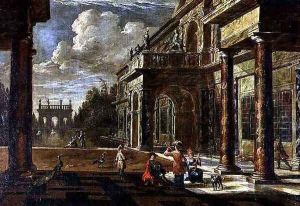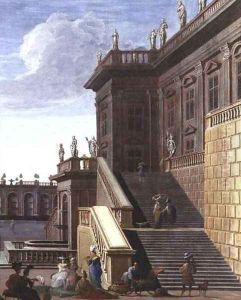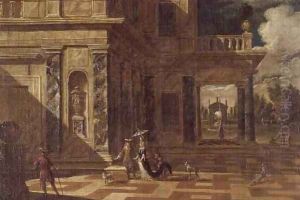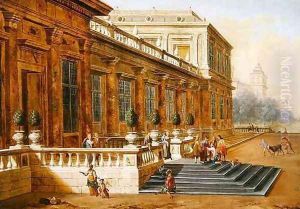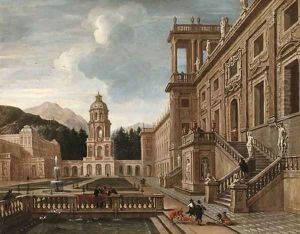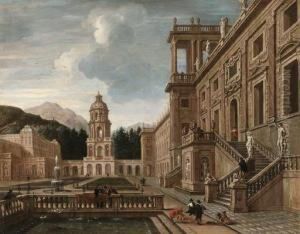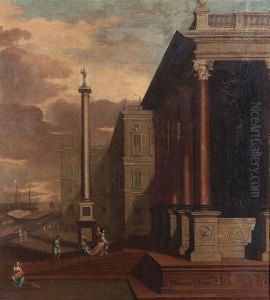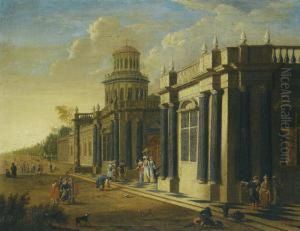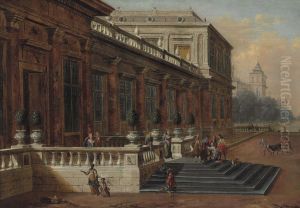Jacob Balthasar Peeters Paintings
Jacob Balthasar Peeters was a Flemish painter, known for his still lifes and particularly for his depictions of fish markets and game pieces. Born in Antwerp in 1656, Peeters was part of a family of artists; his father, Bonaventura Peeters, and his uncle, Gillis Peeters, were also painters. While not much is documented about his early life and training, it can be assumed that he received artistic instruction from his family members.
Jacob Balthasar Peeters’ oeuvre mostly consists of highly detailed still lifes, often showcasing an array of marine life, which was a popular subject in Flemish art of the time due to the region's connection with maritime trade and industry. His works are characterized by their meticulous attention to the textures and physical qualities of the subjects, whether it be the shimmer of fish scales or the translucency of crustacean shells.
Peeters’ works were well-received, and he became a member of the Guild of St. Luke in Antwerp, which was the city's painter's guild. This membership not only signified his status as a professional artist but also connected him to a network of art patrons and collectors. Despite his skill and membership in the guild, there is little documentation of his life, and as a result, he is not as widely recognized as some of his contemporaries. Jacob Balthasar Peeters passed away in Antwerp in 1729.
Throughout his career, Peeters contributed to the tradition of Flemish still life painting, and his works can be seen as a testament to the enduring fascination with the natural world and its bounty. His paintings are part of several museum collections and continue to be of interest to art historians studying the Baroque period and the still life genre in Northern European art.
